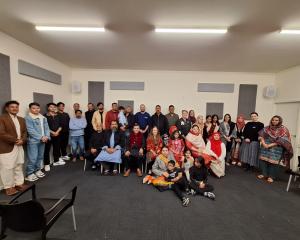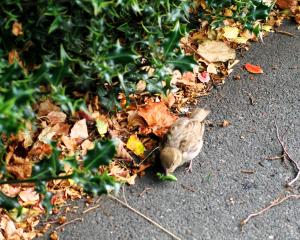Most of us have been well aware of plastic pollution for a while, understanding that it creates a problem in the environment when animals ingest or get entangled in the plastic debris and die.
In the last decade, scientist have discovered that the problem is more complex and the effects of plastic pollution are far more severe.
“Microplastics” are plastics of less than 1 mm in size, formed by the fragmentation of larger plastic items when they are exposed to wind, waves and sunlight. They are also made up of items manufactured to be small, such as “microbeads” added to cosmetics or microfibers released during the washing of textiles.
Their small size makes them available for animals to ingest, and we have only learned about their devastating consequences recently. Scientists have documented hundreds of marine species eating microplastics in both controlled experiments in laboratories and in the wild. At the base of marine food webs, zooplankton are eating microplastics. As bigger animals consume the zooplankton, the plastics and the contaminants it contains are transferred to higher trophic levels. Plastics have been found in krill, copepods, crabs, oysters, mussels, sea birds, fishes, seals and whales.
We might think of this as a distant problem, associated to less developed countries around the world, but sadly this is a global problem and microplastics have reported in New Zealand coasts as early as 1977, when Gregory R. Murray from University of Auckland conducted surveys through the country and found microplastics almost all the localities surveyed. Back then, microplastics were already encountered abundantly on beaches near Auckland, Wellington and Christchurch.
Another study, done by researchers from University of Canterbury and University of Otago in 2016 presented evidence for the presence of these particles in 8 of the 10 locations sampled around Canterbury. Akaroa Harbour was included in this study, and the results indicated a concentration of 353 microplastics per square meter of sediment.
Although that concentration is very small compared to other parts of the world, for a small, scarcely populated place like Banks Peninsula, it is a matter of great concern. Furthermore, this summer a waka conducting New Zealand's first plastic trawl and found significant amounts of these particles between Napier to Cape Palliser, being Wellington’s Oriental Beach the worst location with 230 macroplastics, 146 microplastics and 2412 plastic nurdles.
All of this scientific evidence proves that microplastics are already in our waters and are a huge risk for our ecosystems, wildlife and health. We must stop seeing this problem as something only occurring abroad and take action now.
A good start is to apply the “6-R’s”: rethink, refuse, reduce, reuse, recycle and repair. Small actions can make a big difference: bring your own reusable bags to the grocery shop, use a reusable coffee cup, say no to plastic straws and plastic take away containers, don’t buy bottled water, change your plastic toothbrush for a bamboo one, choose environmentally friendly products, buy in bulk to reduce packaging, dispose your rubbish responsibly and spread the word!
Maria Jesus Valdes,
PhD candidate
University of Otago












